If you want to drive more traffic to your blog, you might be considering paid ads.
The problem? There are dozens of platforms to choose from – and you’ve probably either lost money yourself on paid ads or know someone who did.
Paid advertising can be one of the most effective ways to drive traffic (and sales), but only if you understand how it works.
This guide will walk you through what paid advertising is, all the different platforms you can use, and whether or not they are worth it. (Spoiler – they aren’t for everyone!) Finally, we’ll cover some paid ad alternatives if you aren’t quite ready to dive in.
Here’s what you need to know before creating your first paid ad.
What is Paid Advertising?
Paid advertising is a digital marketing model where businesses bid to display ads to internet users. The business willing to pay the most has their ad displayed and they pay for each click on their ad.
Paid advertising is often called PPC (pay-per-click) advertising, though not all paid ads are PPC ads. Paid ads are displayed on many platforms, including in Google search results, social media platforms, and other websites.
How Paid Ads Work: Examining the Guts of PPC Advertising
How exactly do paid ads work? The actual steps will vary based on the platform and type of ads you create.
Here are the basic steps, which apply to most paid ad platforms.
- Choose an ad platform. Consider where your audience spends the most time and your paid ad goals.
- Create an account, connect your payment method, and provide other information required by the platform.
- Create your ad. Tell the ad platform who you want to reach, what ad copy to use, and upload images.
- Set your ad budget. How much are you willing to spend? Depending on the platform, you might set a daily or overall budget or tell them how much you want to spend per ad.
- Set the time you want your ad to show. Do you want to run your ad for two weeks or only between 2 and 4 on Saturday mornings? This is where you’ll tell the platform when to show your ad.
- Launch your ad. Most platforms review your ad to make sure it fits their content policies.
- When someone takes an action or meets your targeting criteria (this varies based on the kind of ad you create), an automatic bidding process decides who ‘wins,’ and the ad is displayed.
- You pay the amount agreed upon for each click on your ad.
Keep in mind that not all ads are pay-per-click. We’ll cover the different types of ads in the next section.
8 Types of Paid Ads
There are several types of paid ads. Let’s take a look at the different types of paid ads you might use and what they look like.
1. Search Ads
Search ads are displayed in the search results of search engines like Google or Bing when users type in a query. For example, if you search for “best hosting platform,” the top search results are paid search ads:
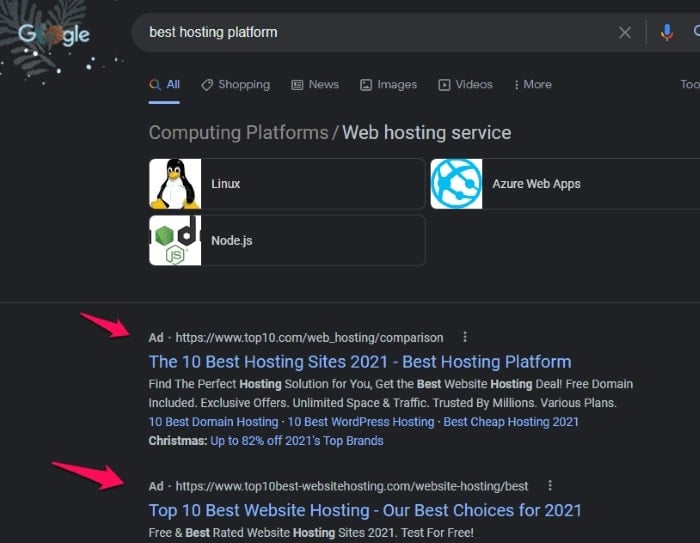
Businesses bid on keywords they want to rank for and then pay for each click they get. Some keywords are highly competitive (and therefore expensive.)
To make the most of search ads, target terms that have higher buyer intent, meaning users are more likely to convert.
2. Display Ads
Display ads show up on sites around the internet. For example, if you go to your favorite blog or news site, you’re likely to see ads for products and services.
Here’s an example from NPR:
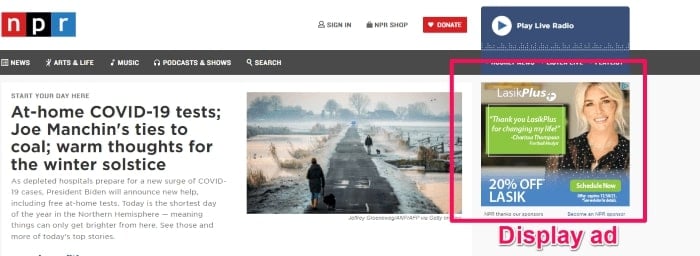
Display ads can be used to promote your site on other websites or to monetize your own site.
3. Social Media Ads
Social media ads are paid advertisements on social media accounts like Facebook, Reddit, Twitter, and Instagram. Social ads have a wide reach and can be carefully targeted, making them one of the more effective types of paid ads.
Here’s an example of a paid ad from Facebook:
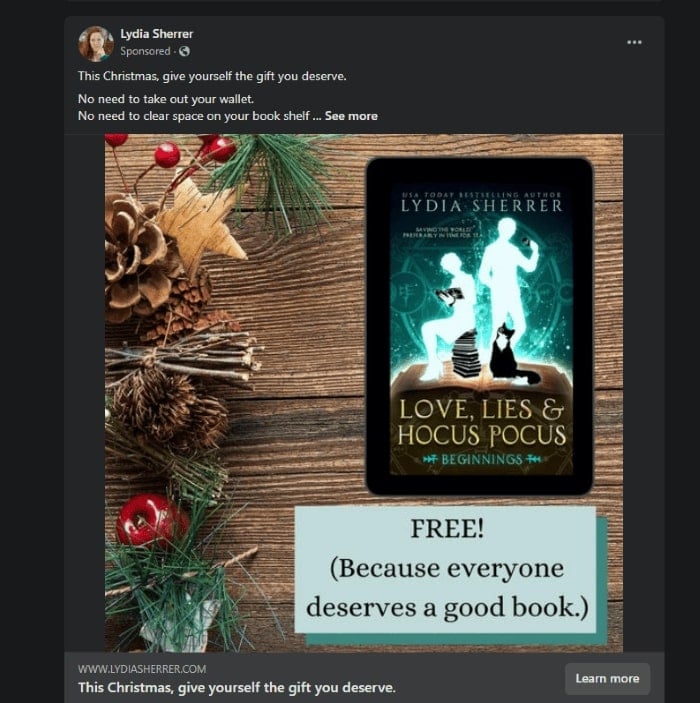
Note that social media ads can be displayed in many places, including as sponsored posts, in feeds, in Instagram stories, and more.
4. Email Sponsored Ads
Email sponsored ads are paid advertisements that show up in users’ inboxes – without sending an email. For example, in Gmail, you might have noticed ads like this:

The top two “messages” from AdRoll and Beauty Counter aren’t emails – they are ads targeted based on user behavior.
Unlike email marketing, email ads can be delivered to users even if you don’t have their email addresses.
5. Google Shopping Ads
Google shopping ads are search ads that appear when users search for terms related to specific products and have a high intent to purchase. Google shopping ads include images, pricing, and reviews.
Here’s an example of Google shopping ads that show up when you search “buy red converses.”
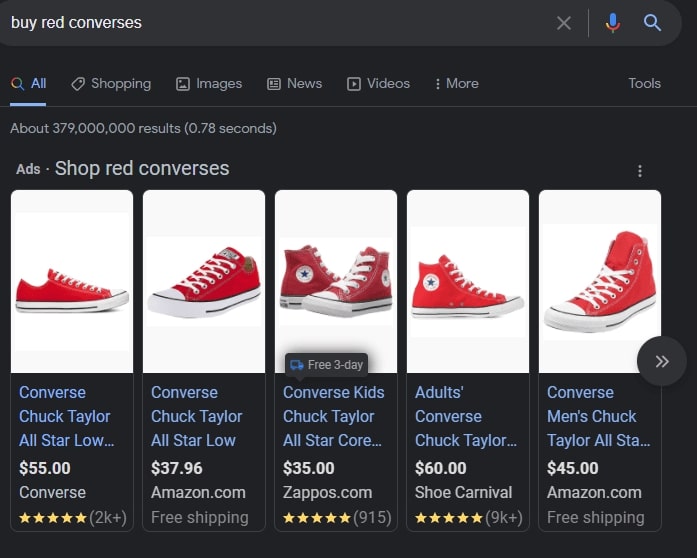
Google Shopping ads can be free, in some cases, if you format your product pages correctly. Otherwise, you’ll pay for each click.
6. Video/Instream Ads
Video ads show up at the beginning of videos, while instream ads show up in the middle of a video. In the U.S., adults spend an average of 103 minutes per day watching digital videos, so video ads can reach a wide population.
Here’s an example of a video ad that ran before a YouTube video. Note the “ad” label:
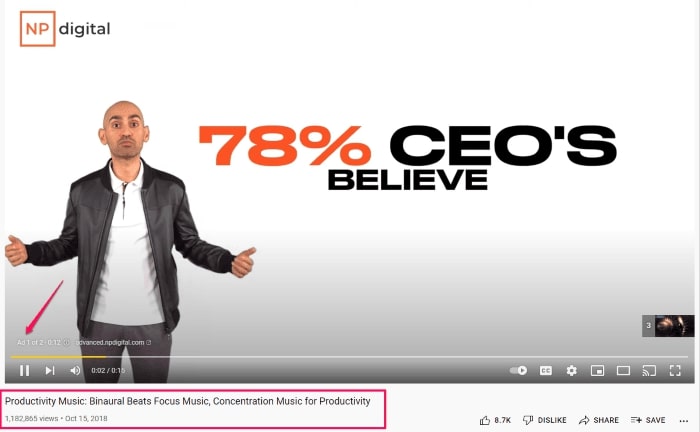
7. Native Ads
Native ads are paid advertisements that match a site’s content. Rather than looking like ads, native ads look like content. Examples of native ads include sponsored posts on a blog, infographics, even videos can all be native ads.
Here’s an example of a native ad on Search Engine Journal, a popular search marketing blog. Note how the ad shows up in a list with other blog posts, not as a banner or in the sidebar:
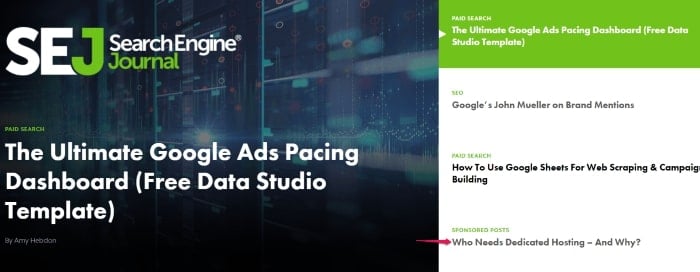
8. Remarketing/Retargeting
Remarketing and retargeting ads are a way to target your ads. Rather than targeting ads based on demographic information, such as location, age, or income, retargeting ads target users based on behavior.
For example, I have purchased cleaning items from Blueland in the past, and they retarget me on Instagram:
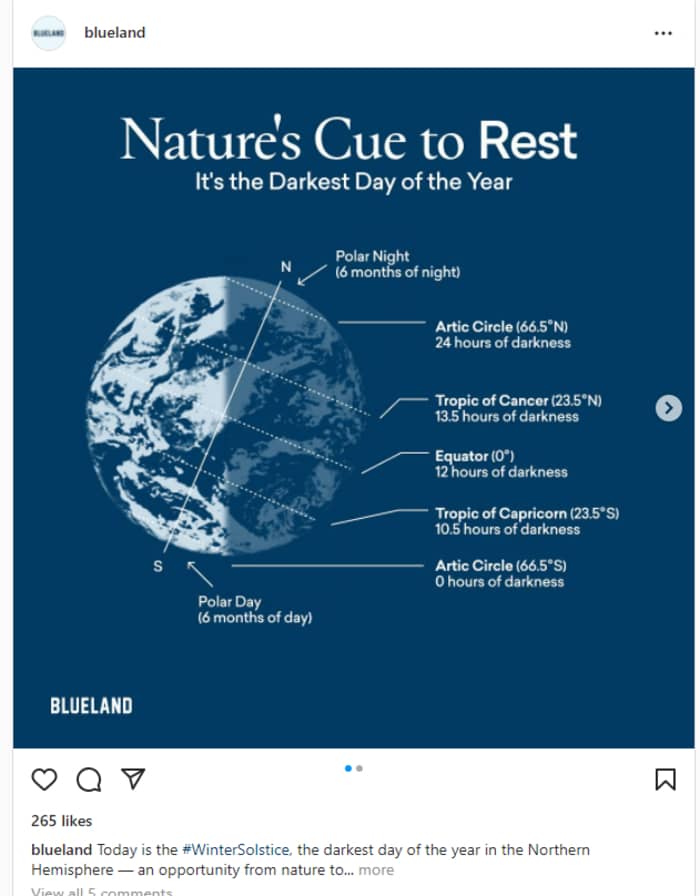
Retargeting ads can target people who have visited your website, downloaded a lead magnet, or even added an item to their cart.
Are Paid Ads Worth it? Let’s Talk Benefits!
Paid ads cost money – while other advertising efforts like SEO or posting on social media don’t. Is it worth the investment? It can be. Here are the benefits of paid ads.
Reach Your Exact Target Audience
Other advertising efforts, like social media and SEO, don’t allow you to control your audience. You can post the type of content you think users would like, but you have no control over whether they see that content.
With paid ads, you can tell Google (or Facebook, Instagram, Bing, etc.) exactly who you want to target. For example, you might want to reach men who are:
- 30 to 45
- Live in the US
- Like football
- Earn more than 100K per year
Being able to define your audience makes it easier to grow fast – which is the next benefit.
Paid Ads Are Faster
Want to launch a new product tomorrow? With paid ads, you can get eyes on your site tomorrow. Unlike SEO, social media, and email marketing, paid ads can reach your audience as soon as you hit “create ad.”
SEO and other marketing efforts are fantastic for long-term growth, but paid ads help attract traffic faster.
Easier to Measure Success
Paid ads let you track exactly how users get to your site or product pages. This means you can see which ad draws users to your site and what they do when they get there.
SEO and social marketing are beneficial, but it is hard to track which post or changes impact traffic. With PPC, you can see which ads are driving results.
11 Popular Paid Ad Platforms (See What Everyone’s Using and Why)
As you can see, there are tons of different ad types. Where can you create paid ads, and what types of ads are available? There are several different ad platforms, each with its own targeting options and ad types.
Let’s explore the most popular paid ad platforms.
1. Google Ads
Google Ads is Google’s paid advertising platform. It allows you to reach a huge portion of the population and target ads very specifically.
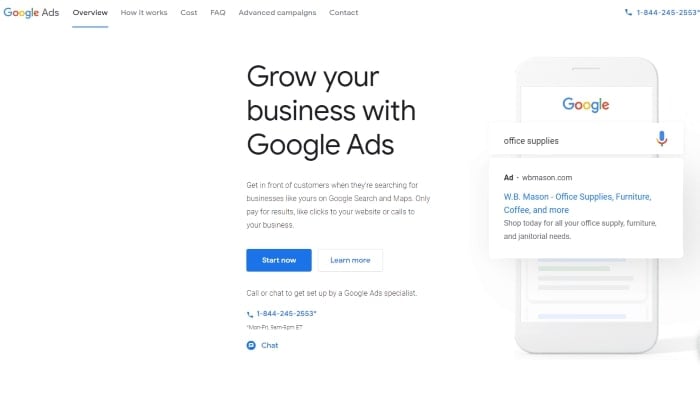
Google Ads offers several automation features and will walk you through ad creation, making it an ideal place to get started with paid advertising.
You can create a ton of different ad types in Google Ads, including:
- Search ads
- Google shopping ads
- Mobile app ads
- Display ads
- YouTube ads
- Display ads
Google also offers a wide range of targeting options, including by location, interests, buyer intent, income, and more.
2. YouTube Ads
YouTube ads allow you to pay to reach YouTube viewers. While you can create ads in Google Ads for YouTube, you can also go directly to YouTube.

YouTube ads do require you to start a channel, so you need to create a business account if you don’t already have one. Then, you can create videos and post ads on the platform.
YouTube ad types include:
- Bumper ads
- Discover ads
- Non-video ads
- Skippable and non-skippable in-stream ads
3. Facebook Ads (Meta for Business)
Facebook Ads allows you to reach the millions of users who log into the platform every day.
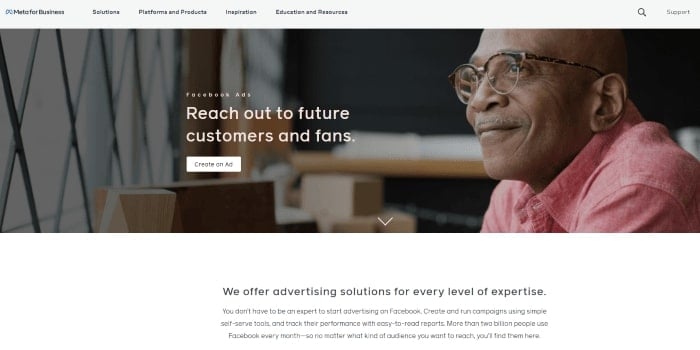
Facebook ads can be targeted based on likes, demographics, and whether they follow your competitors. You can also create “lookalike” audiences to target users similar to your current customers.
Facebook ad types include:
- Boosted posts
- Video ads
- Image ads
- Poll ads
- Carousel ads (multiple images)
- Slideshow ads (using short videos)
- Collection ads (for mobile devices to click through to a product or service page)
- Instant experience ads (users click to view a full-screen ad)
- Lead ads
- Dynamic ads
- Messenger ads
- Stories ads
- Augmented reality
As you can see, there are many Facebook ad types. You can also push your Facebook ads to Instagram to reach a wider audience.
4. LinkedIn Ads
LinkedIn ads allow you to reach a more professional audience, making them ideal for B2B organizations or those who target business users in general (such as productivity apps or blogs.)
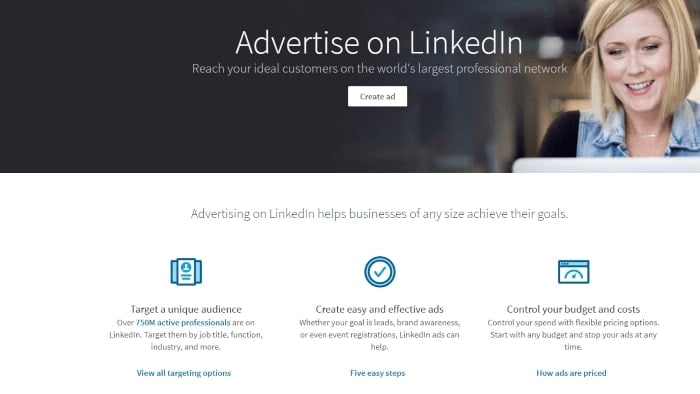
LinkedIn ads can reach users on mobile or desktop and can target users based on company title, industry, and more.
Types of ads for LinkedIn include:
- Text ads
- Lead ads
- Sponsored content
- Dynamic ads
5. Instagram Ads
Instagram is a photo-sharing app with one of the most diverse ad offerings out there. In addition to promoting posts, like on Facebook, businesses can also promote Instagram Stories, videos, and attract more followers through paid ads.
Other types of Instagram ads include:
- Image ads
- Carousel ads
- Collection ads
- Explore ads
- IGTV ads (long-form video)
- Reel ads (Short videos, similar to TikTok)
The variety of ad types (and targeting options!) make Instagram an ideal platform for almost any business.
One of the most interesting ad offerings is Shoppable posts, which include links to a purchase page. This lets users convert without ever leaving the app.
Users see a post, like this one (Note the shopping bag icon in the lower left corner):
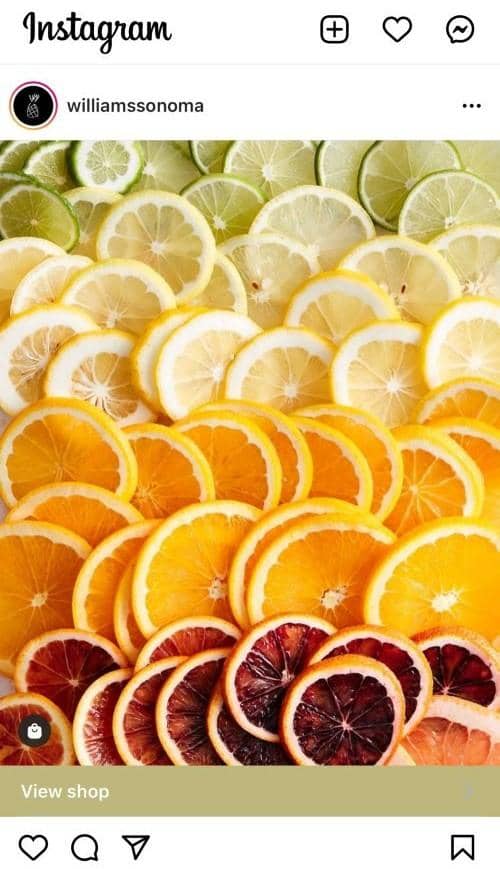
When users click on a specific item, or in this case the entire image, they see the brand’s Instagram shop and can buy right in Instagram.

6. Twitter Ads
If your audience is between the ages of 25 and 34, Twitter ads might be a good fit for your marketing plan. Nearly 39% of all Twitter users are between the ages of 25 and 34.
Twitter offers several ad types, including:
- Promoted ads to gain tractions with images, video, carousel, moment, or text ads
- Follower ads to increase your follower number
- Twitter Amplify, which adds ads to video content on Twitter
- Twitter takeover, which places your brand at the top of hot conversations
- Twitter Live ads that promote your Live videos
Here’s an example of a brand using the What’s Happening section of Twitter to promote a new movie:
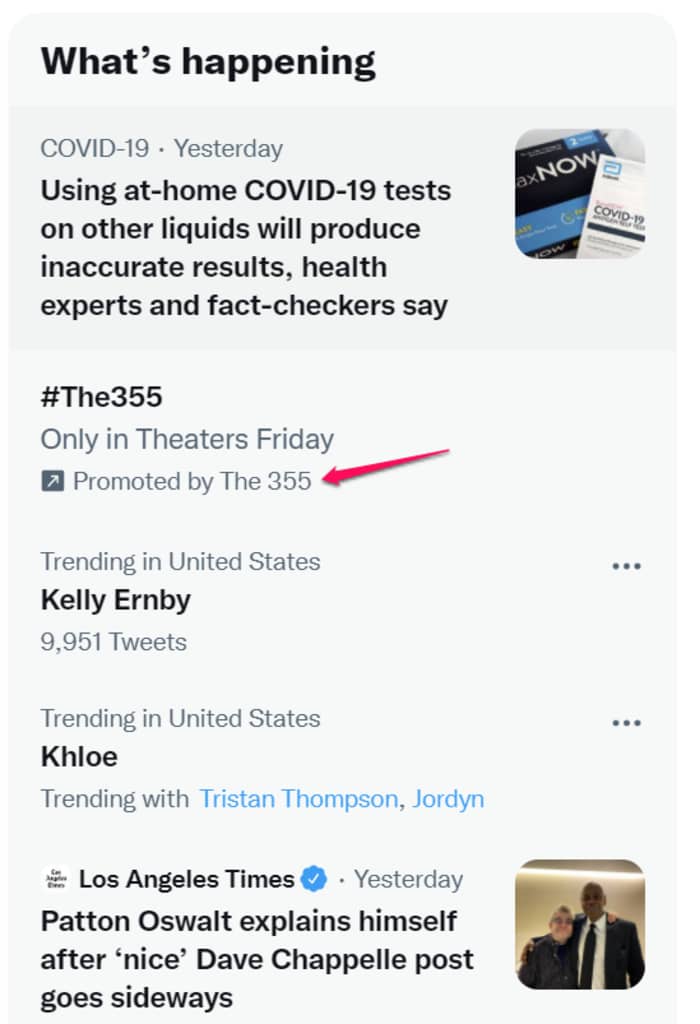
Twitter ads can also appear in users’ feeds alongside organic posts.
Make your ads interactive by adding polls, conversation buttons, websites links, apps, and branded notifications for more engagement.
7. Pinterest Ads
If you’re in the service or creative field, Pinterest Ads might be worth a look. According to Hootsuite, it’s the 14th most popular social media app in the world — ahead of both Twitter and Reddit.
Ads on Pinterest are very visual and blend in seamlessly with organic content. Take a look at this Target ad alongside recipes:
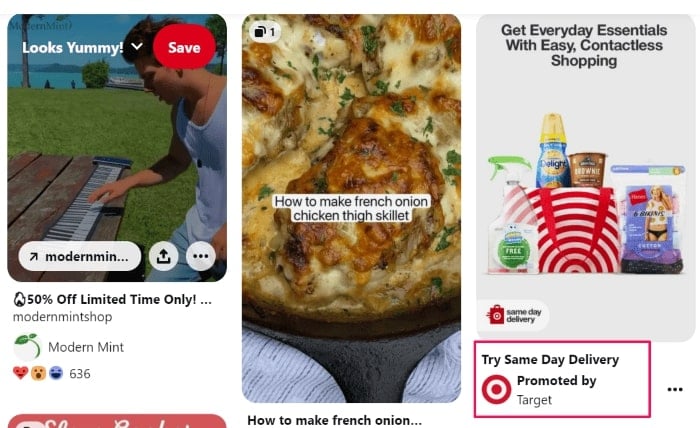
Pinterest Ads come in several formats, including:
- Standard pins
- Carousel ads
- Video pins
- Shopping pins (similar to Instagram’s shopping ads that link directly to products)
- App installs
Pinterest also offers flexible tools and customizable targeting options that allow businesses to create ads that encourage users to take specific actions, such as installing an app or growing brand awareness.
8. TikTok for Business
TikTok has a reputation for being for kids, but their audience might be a little older than you think. While 25 percent of TikTok users are between 10 and 19 years old, nearly 43 percent are between 20 and 39.
TikTok is ideal for influencer marketing, but they also offer several direct ad types, including:
- In-feed ads
- Top-view ads
- Brand takeovers
- Branded hashtags
- Branded effects
- Promoted
- Video ads
TikTok ads feel more organic, which can make them more effective. Take a look at these top ads:
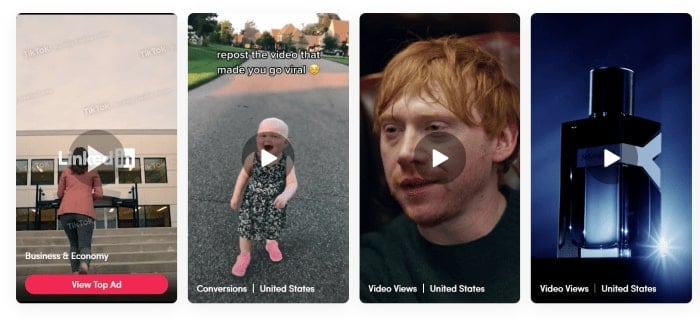
9. Reddit Ads
Reddit is notoriously difficult to advertise on. However, the platform can be very lucrative if you get it right. If you are just getting started on Reddit, consider using ads like this, which shows up in users’ feeds:
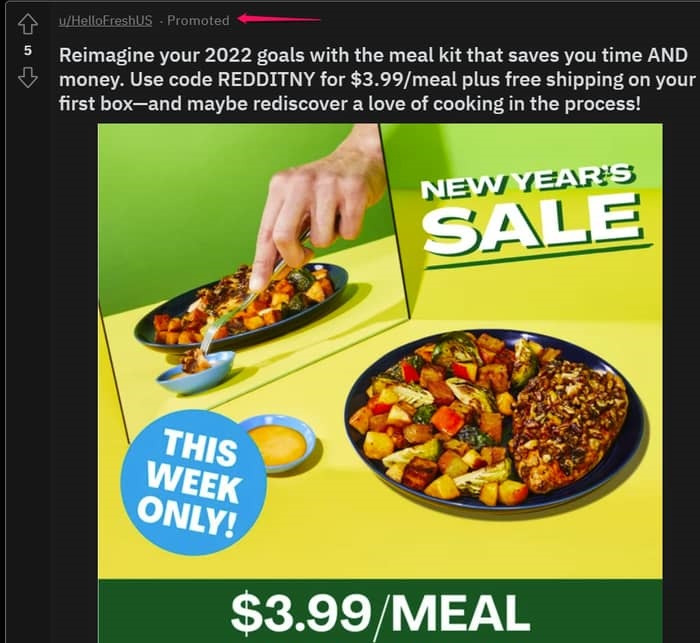
In addition to promoted posts, Reddit offers several other types of ads, including:
- Display ads
- Reddit takeover
- Frontpage takeover
- Trending takeover
- Category takeover
- First view
Reddit ads can be targeted based on interests – for example, a cooking brand might target users active in the group r/castiron.
Reddit users don’t generally like to be marketed to, so make sure to get to know the communities you want to target before creating ads.
10. Bing Ads (Microsoft Advertising)
It might feel like Google rules the search engine market, but Bing (aka Microsoft’s search engine) actually has a decent reach, with more than a billion visits a month. That means their ad platform can be quite effective – and it might cost less, too.
Bing offers a variety of ad options, including related product ads like this one that appeared in the search results for “Antonio Brown”:
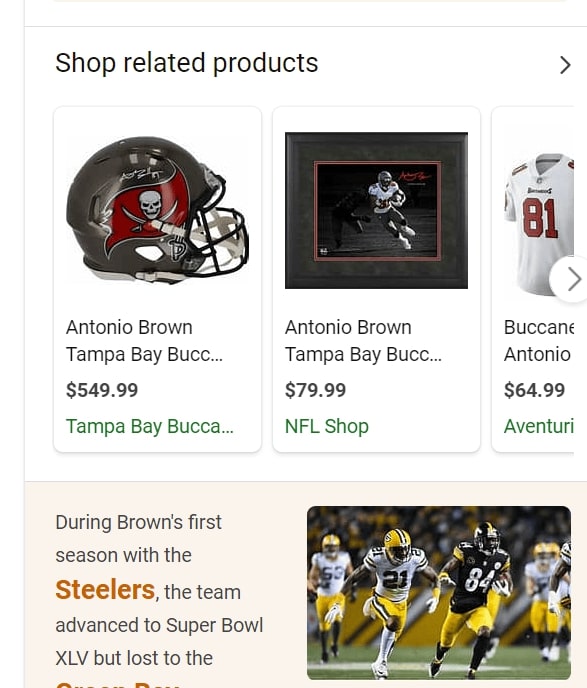
Other Bing ad types include:
- App installs
- Expanded text
- Dynamic search ads
- Multimedia ads
- Product ads
- Responsive search ads
Bloggers looking to target specific audiences should consider dynamic and responsive ads, which allow you to adjust ads to a user’s search query.
11. Amazon Advertising
If you sell physical products, you can’t ignore Amazon. The ecommerce giant rakes in more than 380 billion USD per year and is the top e-retailer in the U.S.
They also make it easy to reach high-intent purchasers with ads like this:
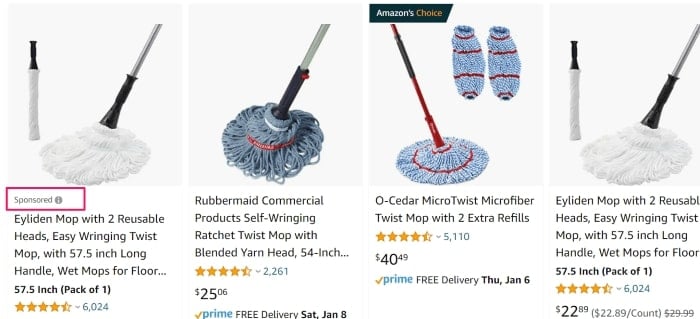
This ad showed up when in a search for a twistable mop.
Because Amazon targets users already ready to buy, ads can have a higher ROI. Other ad types on Amazon include:
- Product ads
- Store ads (promote your Amazon store)
- Audio ads
- Video ads in streaming services
- Programmatic advertising
Remember, Amazon isn’t just an online shopping portal. They also have a streaming service, hosting services, music platform, and Alexa. That allows brands to reach a wider range of users.
Top 4 Alternatives to Paid Ads (For The Business on a Budget)
No matter how affordable ads are – or how many people you might reach – paid ads cost money. The good news? There are other ways to reach your audience without paying per click.
Let’s look at a few of the top paid ad alternatives.
1. Affiliate Referrals
Affiliate referrals are a performance-based marketing strategy where an influencer promotes your product for you. You’ll use a coupon code or UTM tracking link to see how many sales they drive and pay based on each sale.
This means if your affiliate marketing campaign doesn’t work, you won’t pay anything.
Affiliate marketing can also be more effective, as users trust people they follow more than brands.
2. Email
Email marketing is one of the most effective (and cost-effective) marketing strategies. Unlike social media, where you might reach a small percent of your audience organically, email connects you directly to users at no cost.
Building an email list does take time, however. Consider offering a coupon code if you sell physical products or a free download to encourage users to subscribe to your email list.
For example, Smart Blogger uses this opt-in to encourage visitors to join the email list:
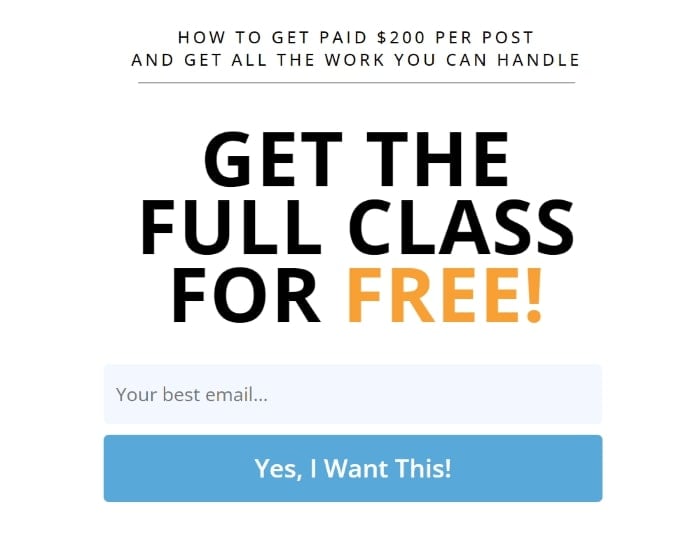
3. YouTube
While YouTube has paid ads, you can also post video content on the site for free – and reach 74% of all U.S. adults.
Bloggers can use YouTube to share a range of content from how-to videos to product reviews to tips and tricks. To be successful, aim to create useful content that users want to share.
4. Organic Social Media
Organic social media reach is falling, which is why so many brands rely on social media ads to drive traffic and revenue. However, organic reach is free – so it shouldn’t be ignored.
IFL Science, a popular science publication, regularly gets thousands of comments and likes on organic posts like this one:

These posts are free and can drive traffic to their website.
Paid Advertising Can Grow Your Blog in 2022
If you want to grow your blog in 2022, you can’t ignore paid advertising. The good news? You don’t have to drop thousands of dollars to get started.
Instead, choose a platform where your audience spends a lot of time and explore its ad options. Most platforms allow you to target very specific audiences.
Start with a small daily budget to see how well your ads perform, then test new copy, CTAs, and images to see which ads drive the most results.
If you stay focused on your goals and start small, you’ll see the power of paid ads in just a few weeks.
The post Paid Advertising in 2022: What it is (& How it Works) appeared first on Smart Blogger.
from Smart Blogger https://ift.tt/l5LXk1Z
via IFTTT
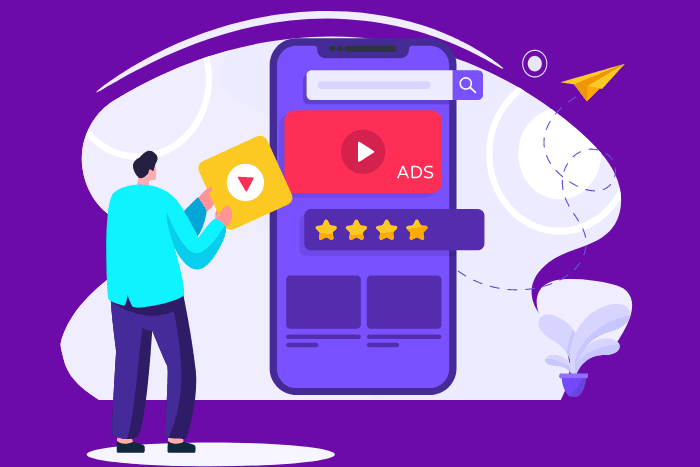
No comments:
Post a Comment